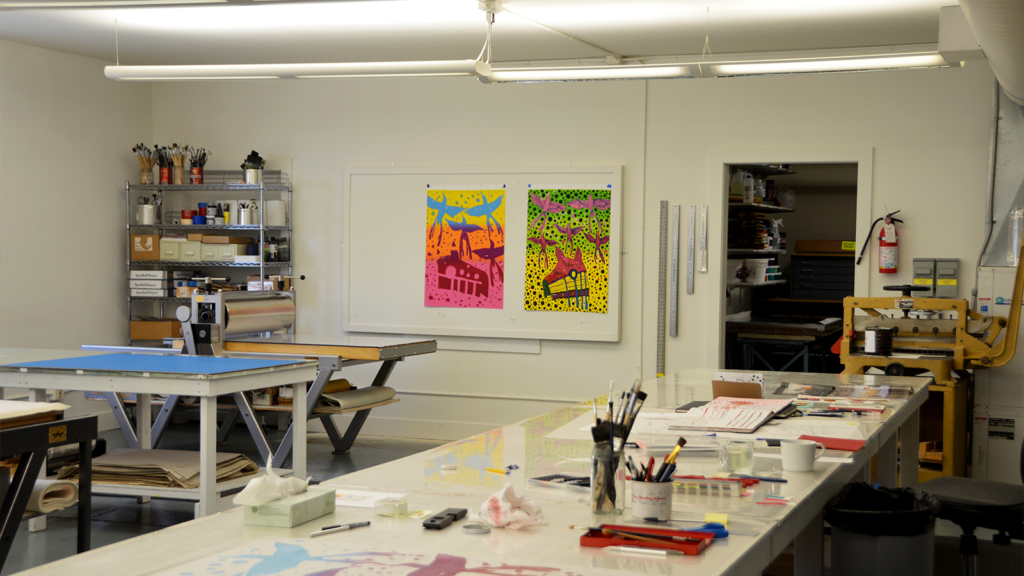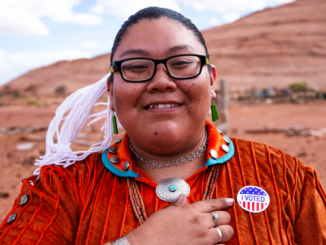
Starting with limited revenue streams, the Confederated Tribes of the Umatilla Indian
Reservation have become an economic engine in their region
The Confederated Tribes of the Umatilla Indian Reservation, the Cayuse, Umatilla and Walla Walla people, have an epic story to tell.
Their story reaches back more than 10,000 years and covers a homeland that spans both sides of the Columbia River’s big bend where the giant river, originating in Canada, abruptly turns west and makes its run to the Pacific Ocean.
This rich salmon-spawning river and its tributaries was once a primary North American route of inland trading, reaching from the Pacific Ocean all the way north into Canada and east into present-day Montana and Wyoming. The ancestors of today’s Cayuse, Walla Walla and Umatilla peoples welcomed travelers for millennia, long before they hosted the Lewis & Clark Expedition on both the outbound and return journeys a mere two centuries ago.
Today the river, made navigable by a series of dams and locks, continues to drive commerce in the region, primarily to ship wheat grown on the plateau downstream and to provide irrigation for hot weather crops and wine grapes. And, because the region is rich with tribally owned attractions, three national historic trails as well as scenic corridors and rivers, tourism has become a major source of revenue.
Visitors arrive, during peak years, on more than 100 cruise ships sailing on the Columbia River, as well as by bus and car on a network of freeways, blue highways and scenic back roads adjacent to rivers and through farm country. Visitors are drawn here because of a concerted marketing effort by all the players in the region who package a solid core of entertainment, history and agritourism to keep travelers in the area for days at a time.
One of the anchor attractions in the region is Tamástslikt Cultural Institute that tells the story of the Cayuse, Walla Walla and Umatilla peoples, from ancient teachings to contemporary challenges. And of special interest to many visitors, the museum exhibits share the story of the westward expansion of the United States from the Tribal point of view. As a matter of fact, Tamástslikt is the only tribally owned interpretive center on the Oregon National Historic Trail.
The Tribes’ homeland was a 6.4-million-acre complex mosaic of sheltering water-rich valleys, tended meadows, alpine timber slopes, all with a rich variety of fish, game, fowl and edible and medicinal plants covering an area about the size of Maryland. Because of immigration, the three tribes reluctantly ceded more than 4 million acres to the United States government in 1855.
The confederacy of the Cayuse, Walla Walla and Umatilla was formed by the U.S. treaty-makers for the convenience of the government. These peoples were forced to relocate together on what was promised to be 512,000 acres at the foot of the Blue Mountain range, along the Umatilla River, a 94-mile tributary of the Columbia.
Over time, many Congressional acts diminished their reserved lands and then the 1885 Slater Allotment Act gave the government permission to target the Umatilla Indian Reservation, thereby creating what would become one of the top 25 Indian Country checkerboards of Indian and non-Indian ownership within the reservation’s diminished boundaries. Cut off from many food gathering locales and their expansive land base, the economic situation for the Tribe was “dire.” It remained dire through the 1960’s War on Poverty when the Tribe first envisioned building a hospitality business to be called Indian Hills. By the 1980s, unemployment hovered around 42%.
In 1981, Antone Minthorn became the Tribe’s General Council chairman. He wanted two things: to restore the land back to its original treaty boundaries and to build a self-sustaining economy.
One of the first people hired in a new economic development position was Dave Tovey, fresh out of college, who had been given a $2,500 scholarship by the Tribe to complete his degree in
finance. “They saw something in me,” said Tovey, “but at the time –not having been raised there– I didn’t even know that tribal government and the BIA were two different entities. And we virtually had no money.”
“The first year on the job,” he said, “all these less than stellar investors came before the Tribe to make proposals promising a 50% split on some crazy thing, like manufacturing plastic bullets or making coffins.”
“Instead, we zeroed in on what we wanted and made a list of ten capital improvement projects that included a casino, RV Park, golf course, museum and a hotel,” said Tovey.
To build the project, the Tribe targeted a parcel of 640 plowed acres within sight of Interstate 84, the major freeway route between Portland, Oregon and Salt Lake City, Utah. “This is the rural challenge,” said Tovey. “If people can’t see what you have from the freeway, they will blow right past you.”
This is the rural challenge. If people can’t see what you have from the freeway, they will blow right past you.
The American Indian Alaska Native Tourism Association’s Cultural Heritage Planner
To learn more about AIANTA, visit https://www.aianta.org/



